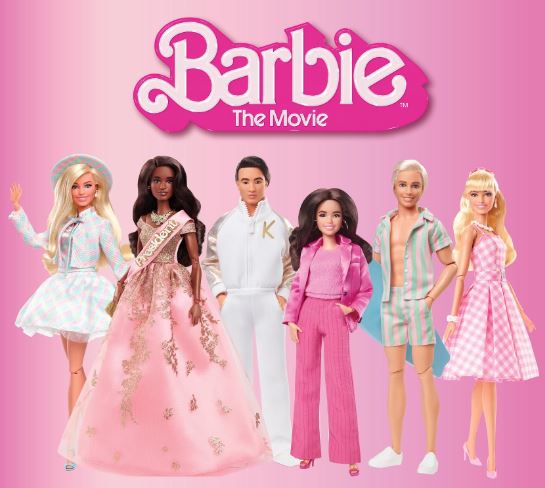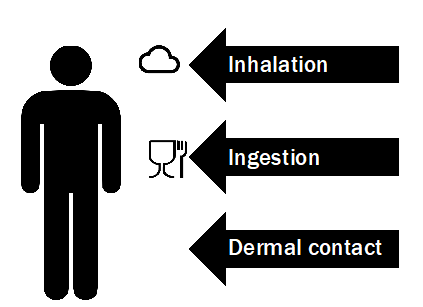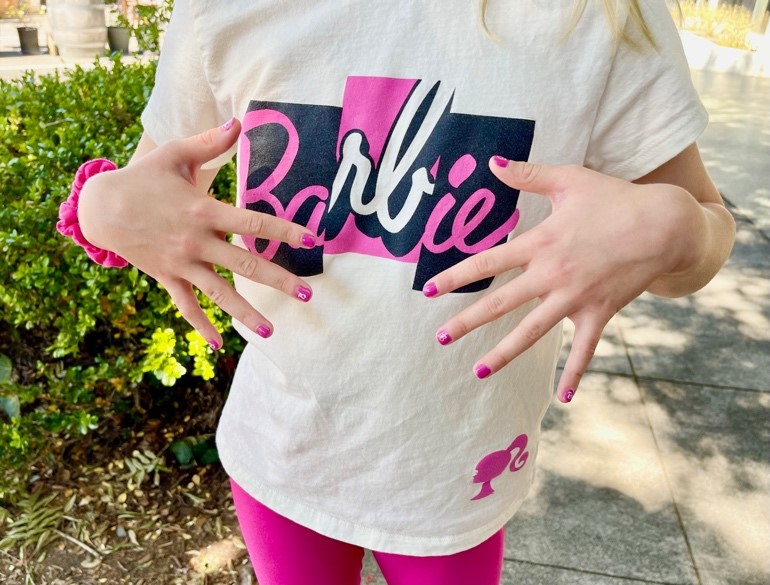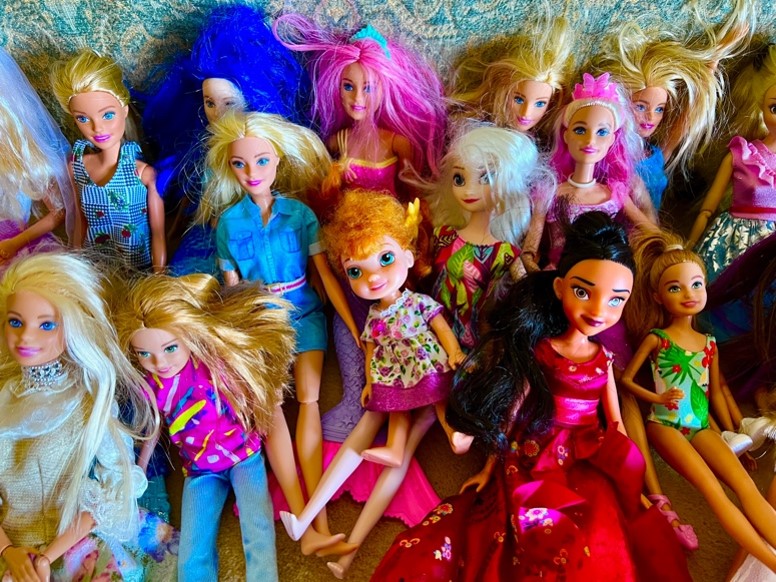This summer Barbie—and hot pink Barbiecore—are everywhere.
And so is the plastic, recycled or otherwise, that the iconic Barbie dolls, dreamhouses, playsets, games, and pink convertibles are made from and wrapped in.
With over a billion dolls sold worldwide and a new line of merch (see images below) based on characters and themes from the soon-to-be-released, Margot Robbie-fronted live-action movie, the already-outsized plastic footprint from Barbie’s tiny size 3 shoes has gotten even bigger and will continue to expand.
Figure 1: It’s a Barbie-Themed Plastic World and We’re All Just Living in It


Wooden performances from the Barbie actors aside—at least based on the kitschiest movie trailer ever, link to it here — plastic pollution is a global problem that threatens environmental and human health. It is also one that is not going away any time soon thanks to the abundance, durability, and persistence of plastic in the environment. Of the more than 400 million tons of plastic that are produced globally, an estimated 19-23 million tons contaminate lakes, rivers, and seas.
To be fair, Mattel’s Barbie brand is only one of the culprits—other potential sources of plastic pollution include plastic bags, tea bags, feeding bottles, face masks, straws, coffee cups, bottles, construction materials, clothing, food wrapping, and personal care products such as face washes, hand soaps, hand gels, toothpaste, mascaras, shower gels, and lipsticks.
UV radiation, heat, wind, and water continuously break down or degrade plastic products and waste into tinier and tinier particles known as microparticles (MPs). These highly persistent, nondegradable, and non-eliminable particles are found everywhere on the planet, including in the water, soil, air, and the food chain as edible animal species such as seafood, cow, pig, and poultry, and food samples such as salt, sugar, honey, milk, fruit, and soft drinks are contaminated with them. Human exposure to MPs occurs through 3 routes: skin contact, inhalation, and ingestion, as shown in the figure below.
Figure 2: Human Routes of Exposure to MPs

The potential risks from MPs are unknown and uncertain since the only available data comes from mathematical models, animal studies, and in vitro tests, which are a poor substitute for human studies. Nevertheless, MPs are known to accumulate in different organs and tissues and to release different harmful compounds from the nonbiodegradable plastic material such as endocrine disruptors and genotoxicants, as well as pollutants, heavy metals, and pathogenic microorganisms adsorbed on the surface of the particles.
Additionally, the MPs may trigger chronic inflammation through activation of an important group of proteins called the NLRP3 inflammasome, as shown below. Overactivation of the NLRP3 inflammasome, which likely underlies a series of diseases from cancer to neurodegenerative disorders, is an area of active investigation for EpicentRx and EpicentRx collaborators like Dr. Richard Gordon who works out of the Translational Research Institute (TRI) in Brisbane, Australia, since EpicentRx’s lead small molecule, RRx-001, inhibits this inflammasome. See Figure 3 below. (Also, read more about RRx-001 and the NLRP3 inflammasome in this review article by TRI and EpicentRx authors in the journal, Drugs, entitled A Review of RRx‑001: A Late‑Stage Multi‑Indication Inhibitor of NLRP3 Activation and Chronic Inflammation.)
Figure 3: MPs may Trigger the NLRP3 Inflammasome

According to lyrics from the 1997 iconic pop song, “Barbie Girl”, “Life in plastic, it’s fantastic”. Link to the song here. However, based on the ecosystem disruption and potential risks to health, all that plastic is drastic and probably not too fantastic after all—certainly not for the environment and almost certainly not for all the millions of real-life Barbies and obsessed Barbie fan girls out there, like this one below.


